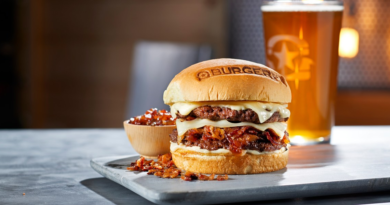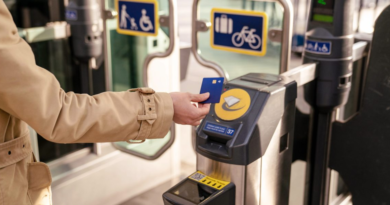20% of French teens have never tasted alcohol—now wineries are making fuel for cars instead of boozy nights out
In the mid-19th century, French adults probably drank a bottle of wine a day, and in the 1950s, eight-year-olds were served a small glass of wine with lunch in some school canteens.
However, drinking wine is no longer à la mode in France, or at least not like before. Since the 1970s, the National Interprofessional Committee for Wines with Designation of Origin and Geographical Indication (CNIV) says that by 2023, the annual quantity drunk by the French each year was half of what it was, falling from 46 to 24 million hectoliters (a hectoliter is one hundred liters).
This drop has been even more pronounced since 2010, falling by almost 2% annually. It’s particularly dire in supermarkets, where sales fall by 3% each year.
Drinking wine is no longer à la mode in France, or at least not like before.
Red wine is particularly suffering. Sales fell from 5.1 million to 3.5 million hectoliters between 2017 and 2023. Rosés are declining less, and whites are holding steady.
Dining habits have changed
The decline probably has something to do with changes in French food consumption. France might be known as the land of haute cuisine, but it is MacDonald’s biggest European market, and slowly, fast dining has been taking over, impacting wine consumption. Joël Boueilh, president of the French Winegrowers Cooperative, told Le Monde, “Wine is presented as the symbol of French gastronomy, but you have to take the time to sit down.”
Wine drinking has also fallen during another of the country’s favorite pastimes, the apéro, or apéritif. As the nation sits drinking its ritualistic pre-dinner drink across its gardens and bars, people are just as likely to be tucking into a cocktail or a spirit with their olives. Likewise, marketing campaigns have helped beer win at sporting events, and fizzy drink brands have successfully partnered with fast-food chains.
Sober-curious Gen Z
It’s also an age thing. Older people are likelier to drink wine than younger generations, who drink less anyway. In 2002, 4.5% of French 17-year-olds had never tasted alcohol, but by 2020, that figure had risen to 20%.
As more people become ‘sober curious’ and abstain from all alcohol for months at a time over Dry January, say, or Sober September, this reduction is more marked for wine than beer or spirits. Last December, red wine sales in France fell by 4% at Christmas compared to just the year before. And for those who drink red, the cost of living crisis is pushing customers to order more red wine by the glass than by the bottle, and pitchers are becoming less of a thing.
As the French began to drink less, vineyards turned to exports. Increasing year-on-year, by 2023, French exports of both wine and champagne reached an impressive €11.2 billion. However, a flagging Chinese economy equals a quarter fewer bottles sold to mainland Chinese dinner tables, and sales are also down in the U.S., one of France’s leading wine importers.
A lot of this has been wine from Bordeaux, and with reduced sales in supermarkets, the vineyards have long been overproducing more than they’re selling. An EU Commission report from 2023 expects this to worsen, foreseeing a further 7% decline in production and consumption Europe-wide by 2035, but the report suggests that it will likely be more.
Pharmaceuticals or cars?
Last summer, the government proposed spending €215 million to distill some 3.5 million hectoliters of extra red languishing in cellars, predominantly in Bordeaux, Languedoc, and Rhone regions, into white alcohol to use in the pharmaceutical and perfume industries. To be clear, this is equal to the size of Austria’s annual harvest.
[King Charles] runs his Aston Martin on a mixture of English white wine and whey from the cheese-making process.
Some vineyards are digging up vines to diversify into other crops to reduce some of the oversupply. The government hopes to fund a plan through Brussels to pay French winegrowers to pull up about 10% of vines in the Gironde region.
There are other options, too, such as turning the surplus wine into bioethanol to run cars like King Charles. He runs his Aston Martin on a mixture of English white wine and whey from the cheese-making process. But it’s much less money for growers: €20 per hectoliter compared to €70 for distillation.
In 2006, the EU converted 510 million liters of ethanol into bioethanol to run cars, noting that it was a depressing solution that only applied a bandaid to a situation and didn’t solve the endemic issue of overproduction.
There are ways out, but it isn’t easy. Corsica reduced its wine growing area from 30,000 hectares in the 1970s to 7,000 today and converted from red to mostly rosé using indigenous grape varieties. Some growers also diversified into clementine, grapefruit, and lemon crops.
In the short term, smaller holdings will likely merge and consolidate into larger vineyards to survive. Longer-term, a better solution needs to be found for one of France’s best-known industries.


